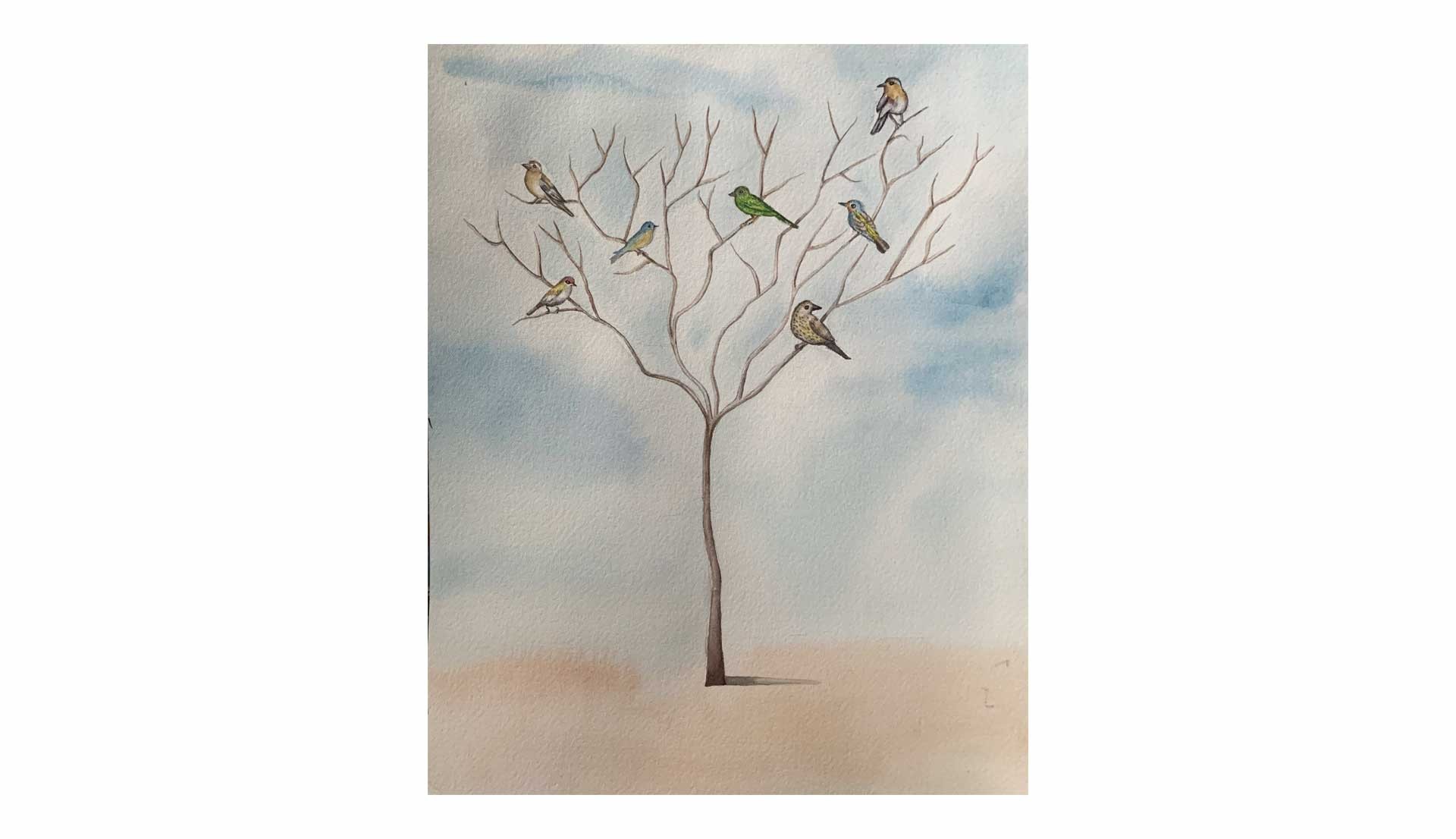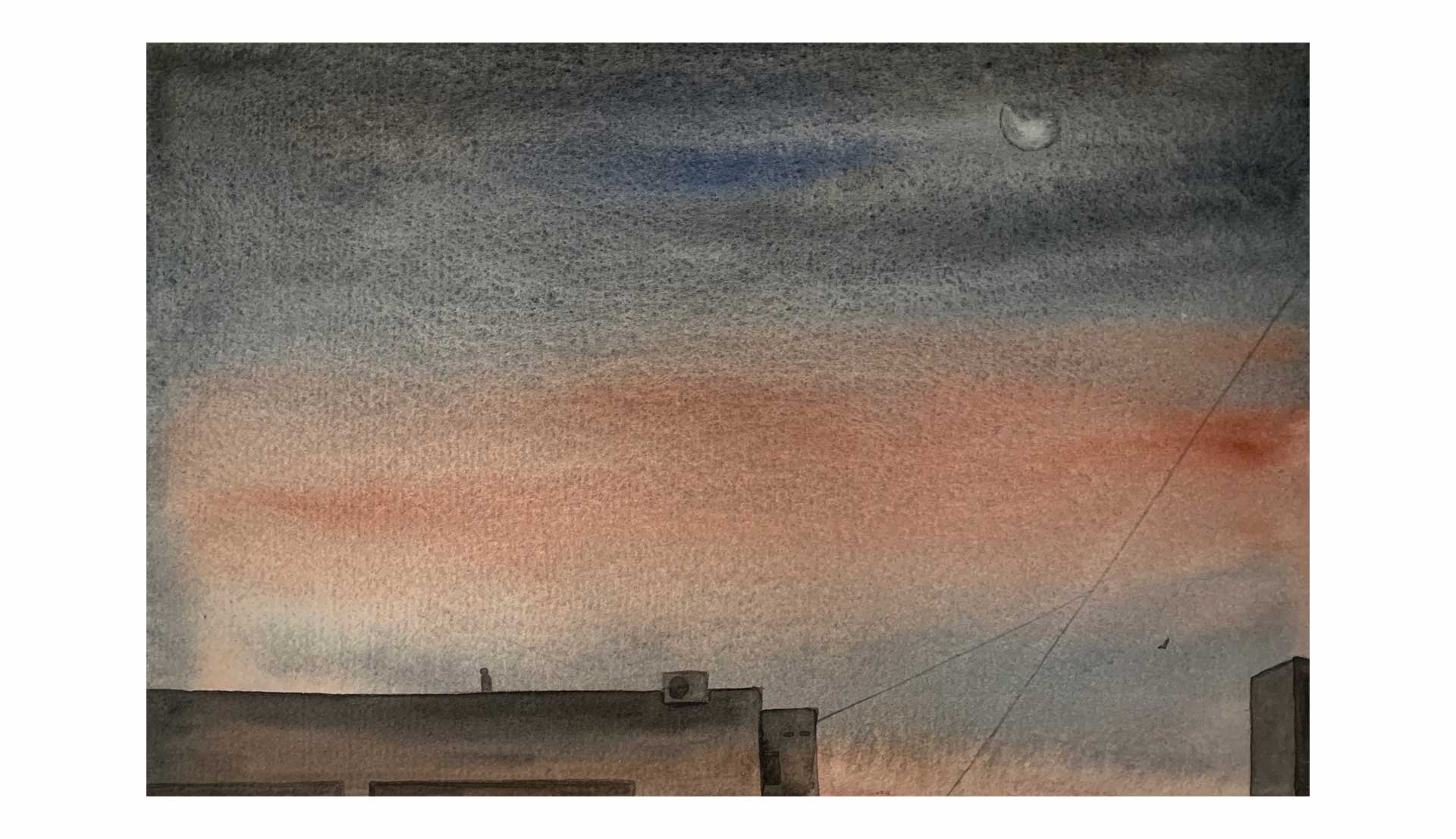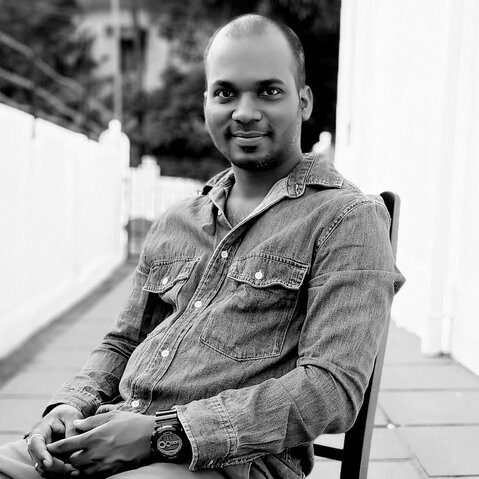
Kedar Dhondu’s current art practice involves looking back at the history of the region in order to understand issues related to ‘land’. Presently, Kedar digs out these issues which are related to the ‘ownership/ occupancy’ and the authenticity of the rights on the land in today’s time. Kedar’s practice also questions the genuineness of the law system of the region. Ecology and environmental concerns also play a major role in Kedar’s practice.

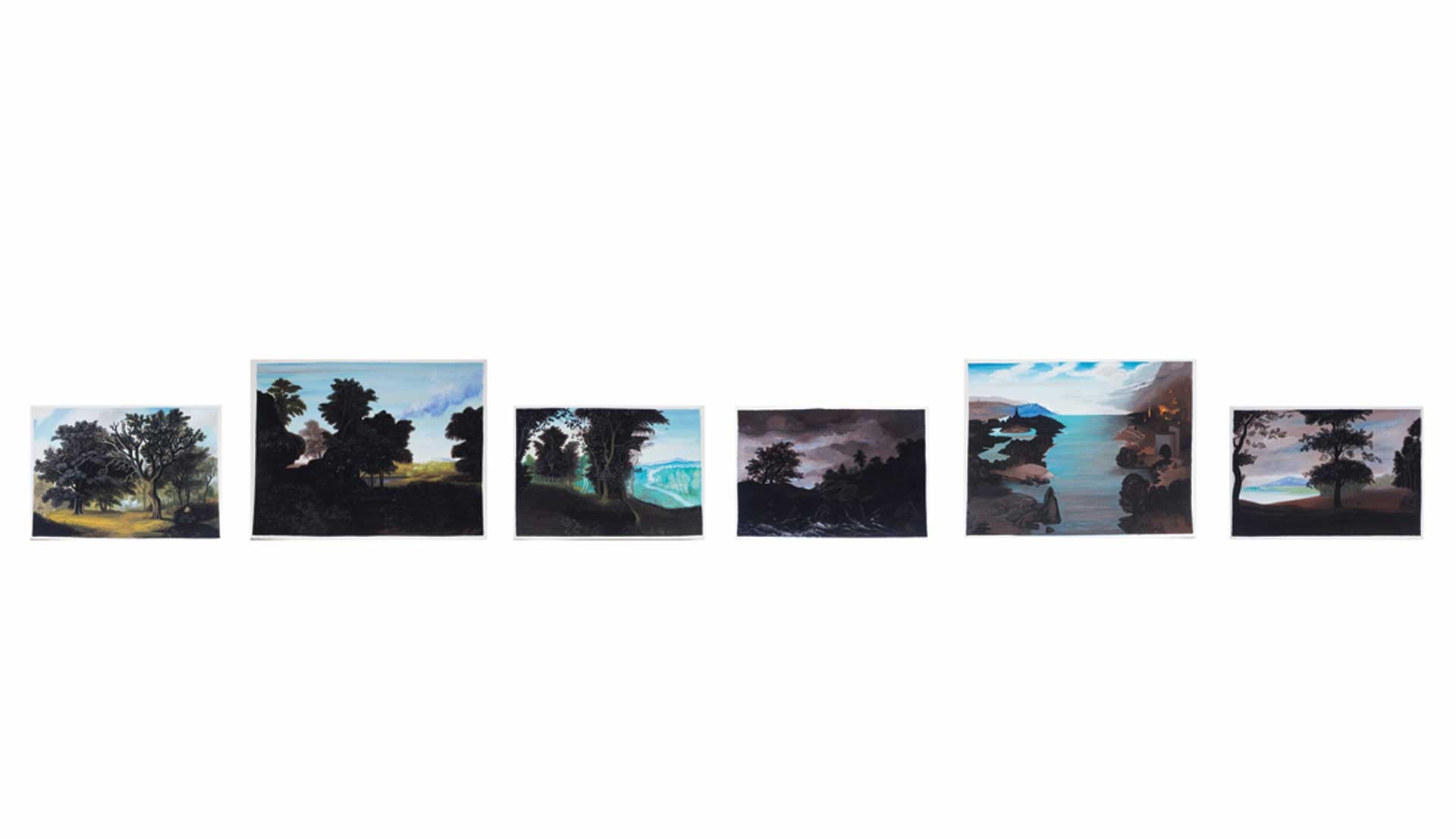
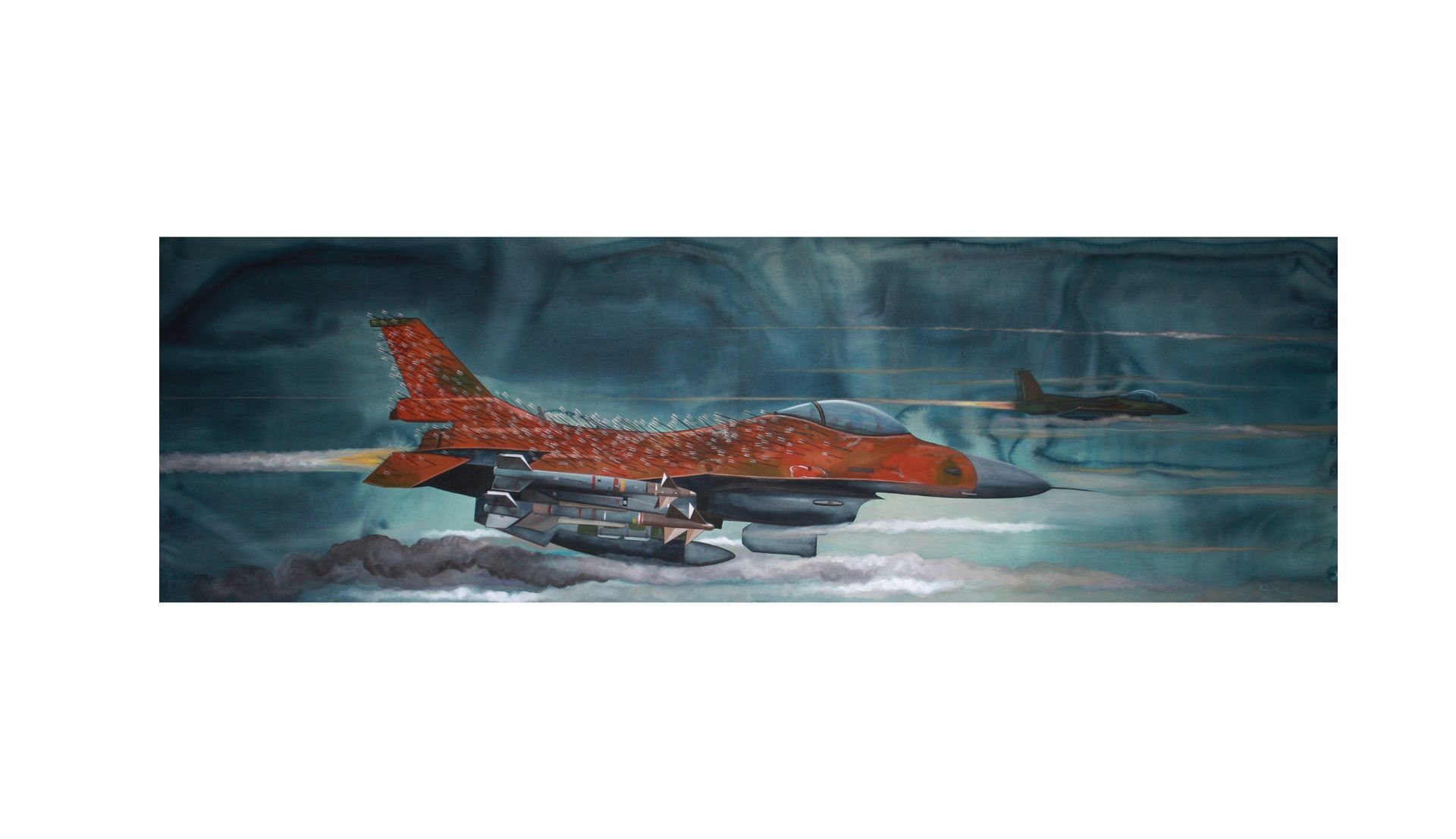
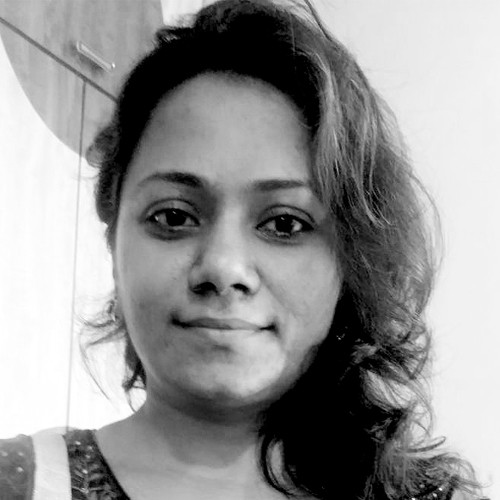
Being into communications design most of her life, Jasmine turned into a full-time ink artist in 2018. Her ingenious style of creating layers upon layers of ink with an organic methodology allows her to exhibit an offbeat abstract expressionism in a variety of subjects. She loves to create complex but rhythmic patterns within simple forms. Since the technique is unique, she enjoys to experiment and constantly surpass her own expectations with a not so predictable medium of inks. Most of the substrates she uses are pulp-free water-resistant paper extruded from polypropylene pellets, acrylic sheets and ceramic surfaces.
.jpg)
.jpg)

Born in Nepal, Govinda was drawn to drawing and sculptures. His career spans from a wall painter in Delhi to studying Fine Arts and pursuing his dream of becoming an artist. He has held several successful solo exhibitions in India, Nepal, and internationally. He has also had the honor of being called Lion Heart by prominent artist Govinda Dongol. Govinda has done a nationwide cycle tour for The 21st Century is the Century of Art and Peace. Govinda has also obtained a MA in Fine Art from Wimbledon College of Art. He has co-ordinated a number of art workshops under the sponsorship of the United Nations and the Embassy of Bangladesh, the British Council in Nepal and displayed at the Royal Academy of Arts, Summer Exhibition. Govinda Sah’s works can be found in private collections worldwide.
.jpg)
.jpg)
.jpg)
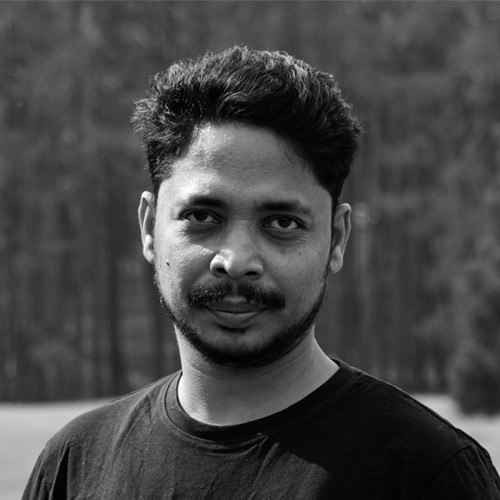
Digbijayee Khatua traces his artistic sojourn from his native place, Kendrapada in Odisha to his current place of practice in Delhi. A shift from rural to urban, Odia to Hindi, the home and the world, the artist’s mundane realities changed enormously and to this, he credits most of his conceptual development and modified techniques. Cityscapes and elements of urbanity are eminent in his works. He expresses with watercolors in a layered dialogue to accentuate existential depths within the city. Interestingly, his works do not lose aesthetic pleasure in the otherwise grim realities, thereby retaining a subtle yet striking visual allegory.
.jpg)
.jpg)
.jpg)
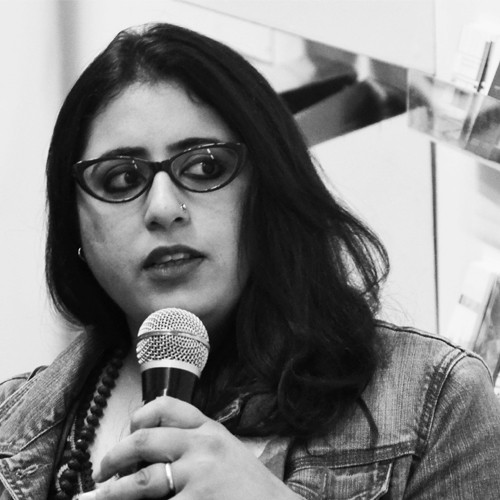
Deepikah is an interdisciplinary artist based in Bangalore, India. Trained in Communication design from Delhi, she uses painting and installation art to express issues related to gender, self-worth and perception. Her project Trial Room tackles body dysmorphia and social conditioning and was exhibited at Gender Bender 2018 and then at The Irregulars Art Fair in 2019. She was one of the three selected residents for Fissure, curated by Shaleen Wadhwana at Virtual Nursery 2020 by Pollinator which culminated in an online exhibition in January 2021.
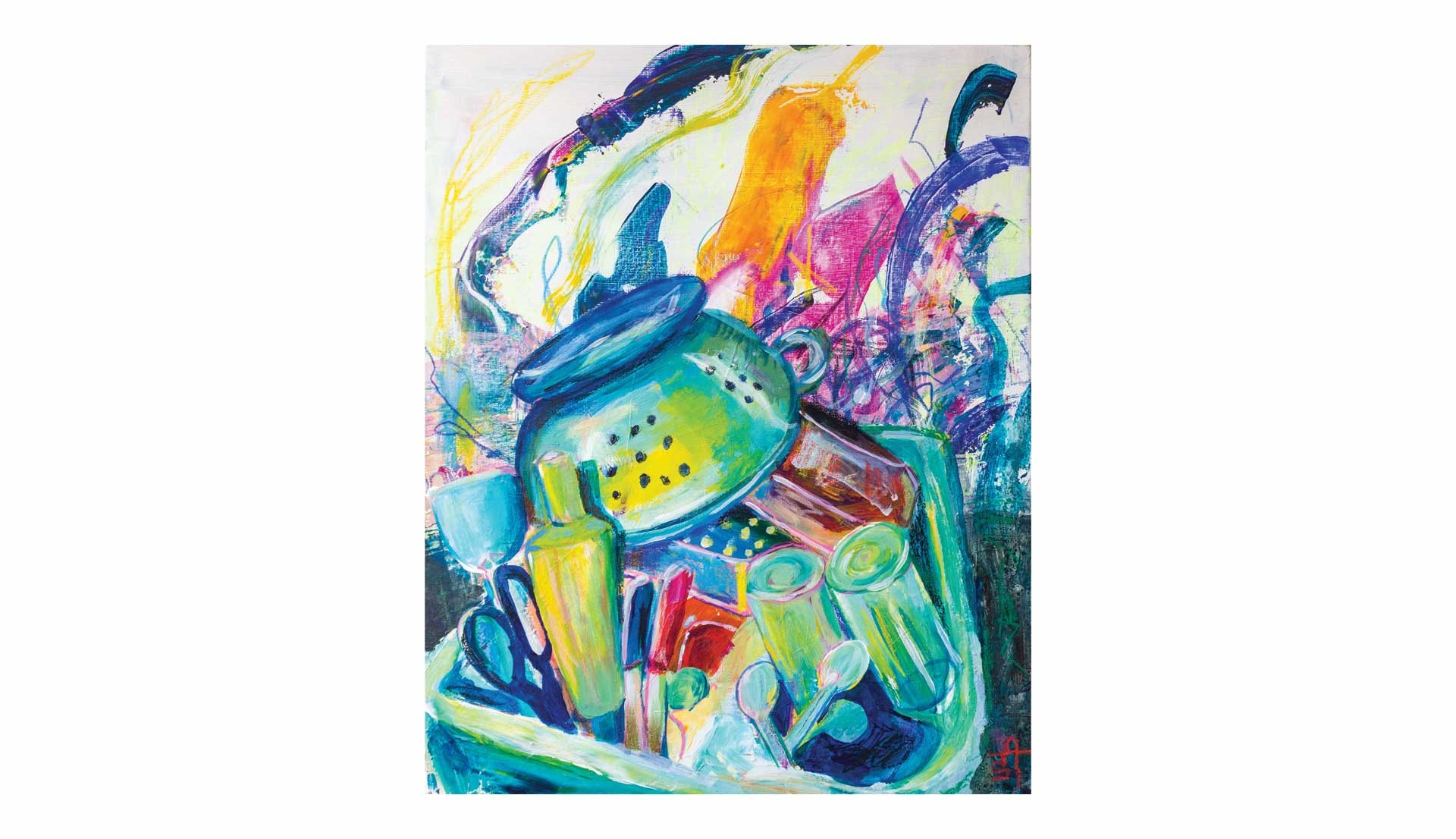
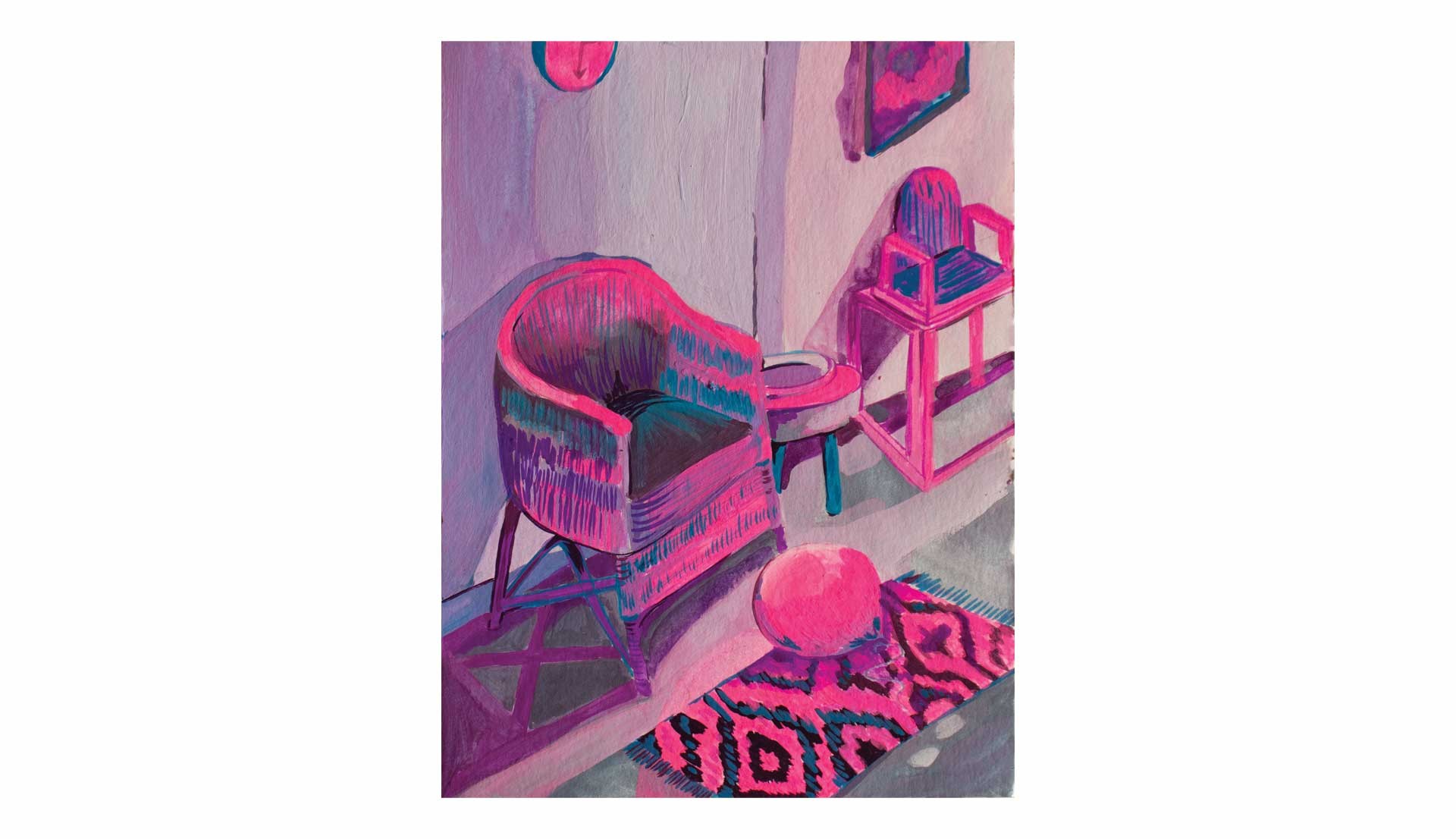
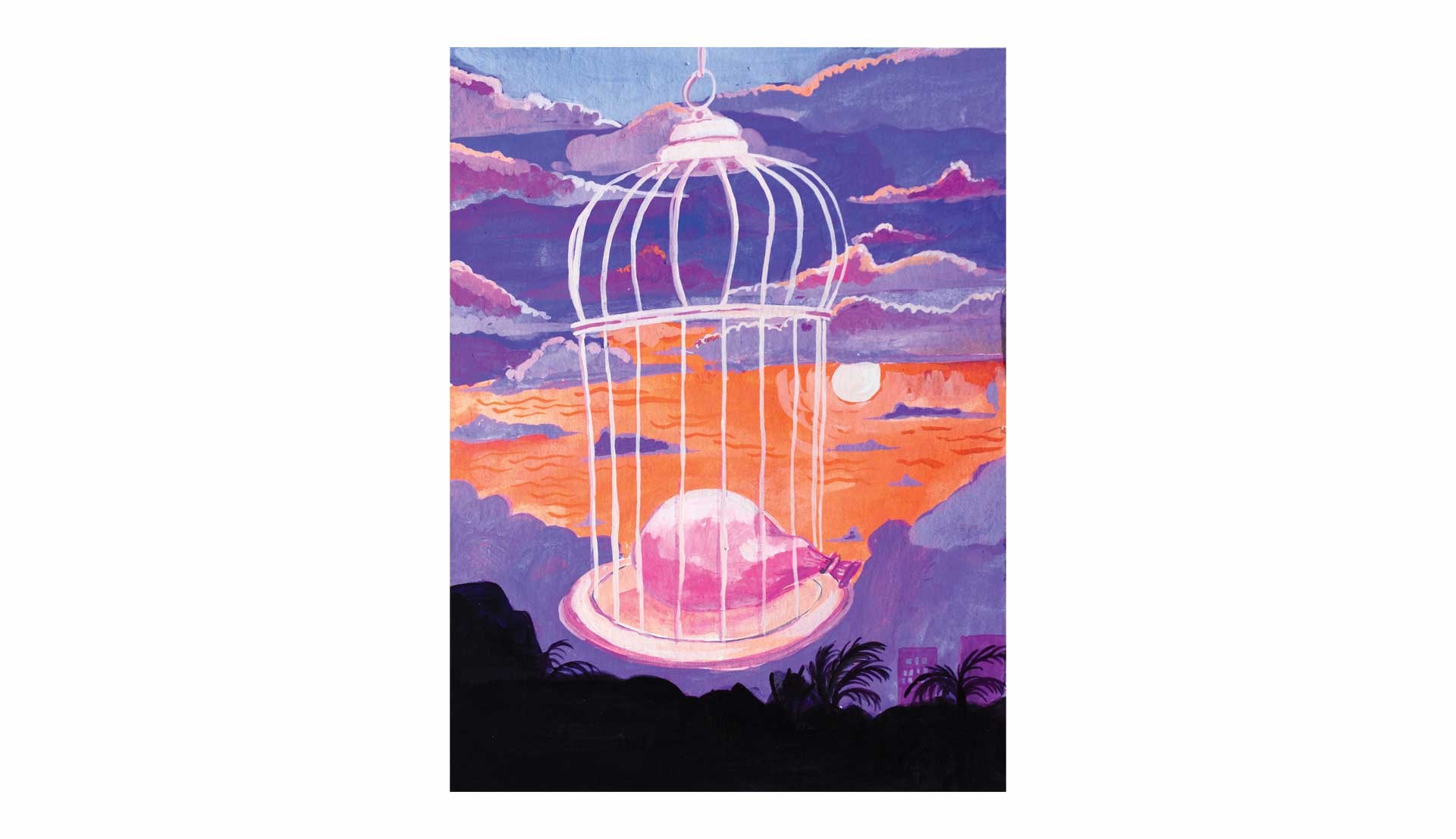
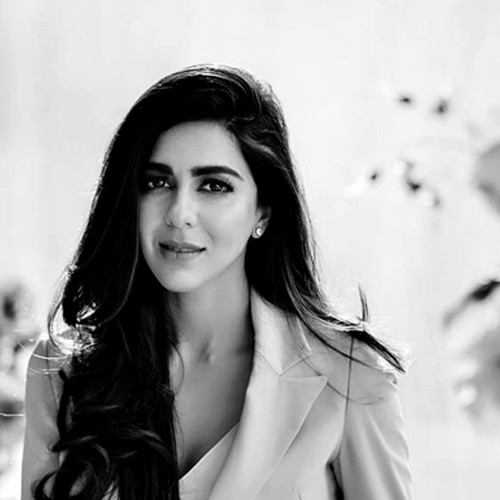
As a self-taught artist, Bahaar’s paintings are an amalgamation of very different disciplines, law and the freedom of an artist detached from the straightjacket of definition and boundaries. Exploration, experimenting and stitching the picture with her engagement with society is the essence and motivation beyond her art practice. She paints a lot from the visuals & epiphanies from her dreams, her fascination for the cosmos and real-life case studies & experiences.
She works with different mediums: paper, rubber, resin, cement, sand, etc., and figured a unique way of burning resin and reduced rubber together to give a structural effect on the base. Bahaar’s works are heavily influenced by the Cosmos and galaxies, landscapes and experiences/ conversations from her travels because she firmly believes that there is a lot beyond what meets the eye – so this inquiry and looking for plausible answers is her drive.
.jpg)
.jpg)
.jpg)

Ashmi is a writer, artist, and business leader. Having lived for the last 12 years in London, Singapore, India, and her most recent home, Malta; she is inspired by the
Mediterranean and its mysterious spirituality. She uses a lot of watercolor and gouache in her art, and her process is driven primarily by her intuition. She has showcased her work at ArtSorbet and Christina X Gallery.
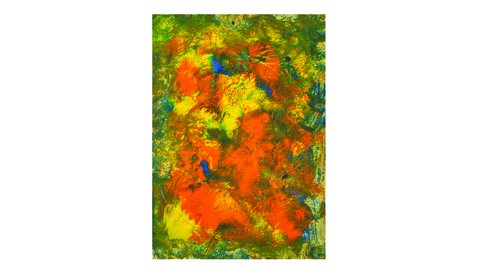
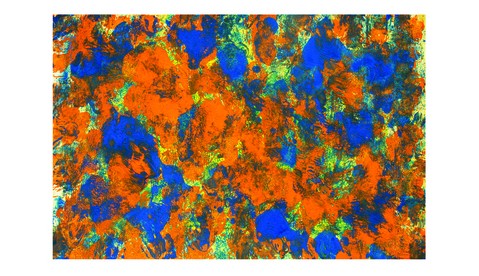
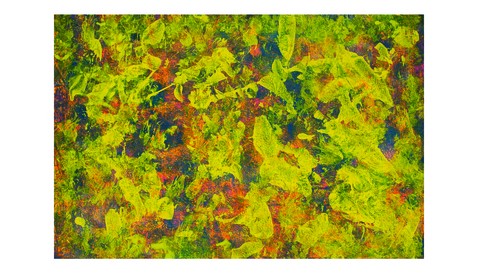
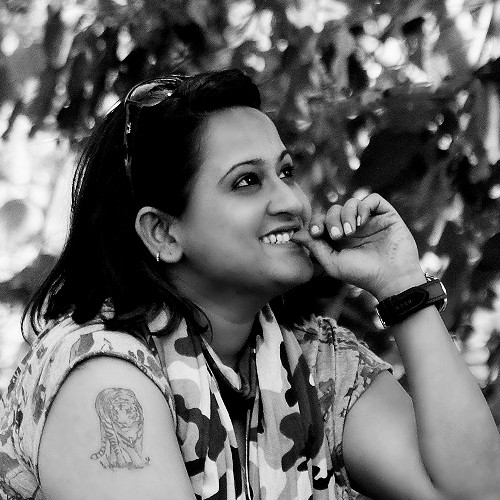
Anuradha Marwah grew up in the midst of picturesque tea plantations in the beautiful state of Assam steeped in colonial-era folklore and lifestyle. It was a world surrounded by nature, and stories of wild animal encounters. Her most recent work has been authoring the recently published Official Coffee Table book of Corbett Tiger Reserve, by the Uttarakhand Govt. on India’s and Asia’s 1st National Park.
While she loves to travel and shoot for its simple pleasure and for the joy of being in the moment, her work has also received awards and honorable mentions in national and international photography competitions.
.jpg)
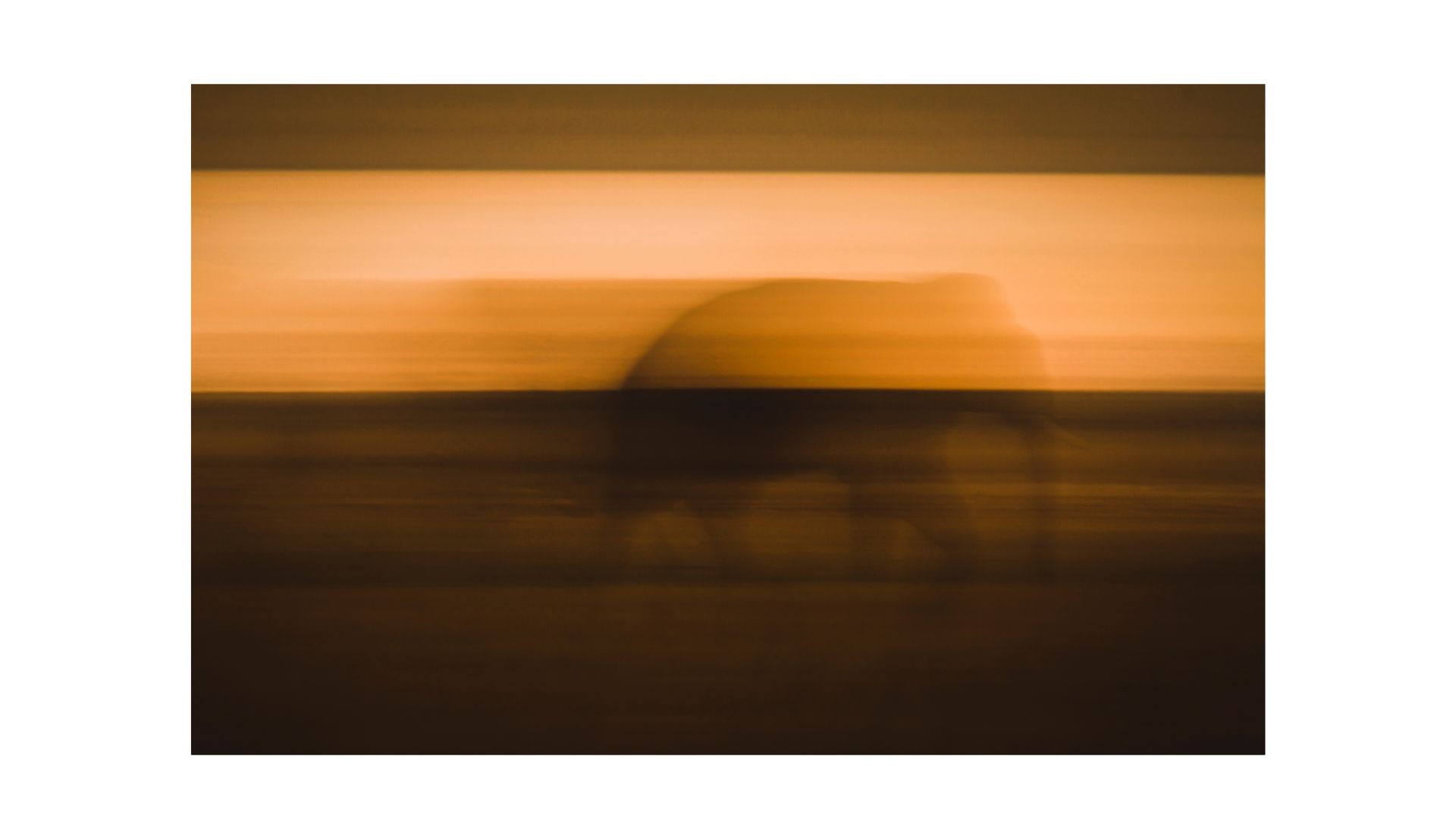
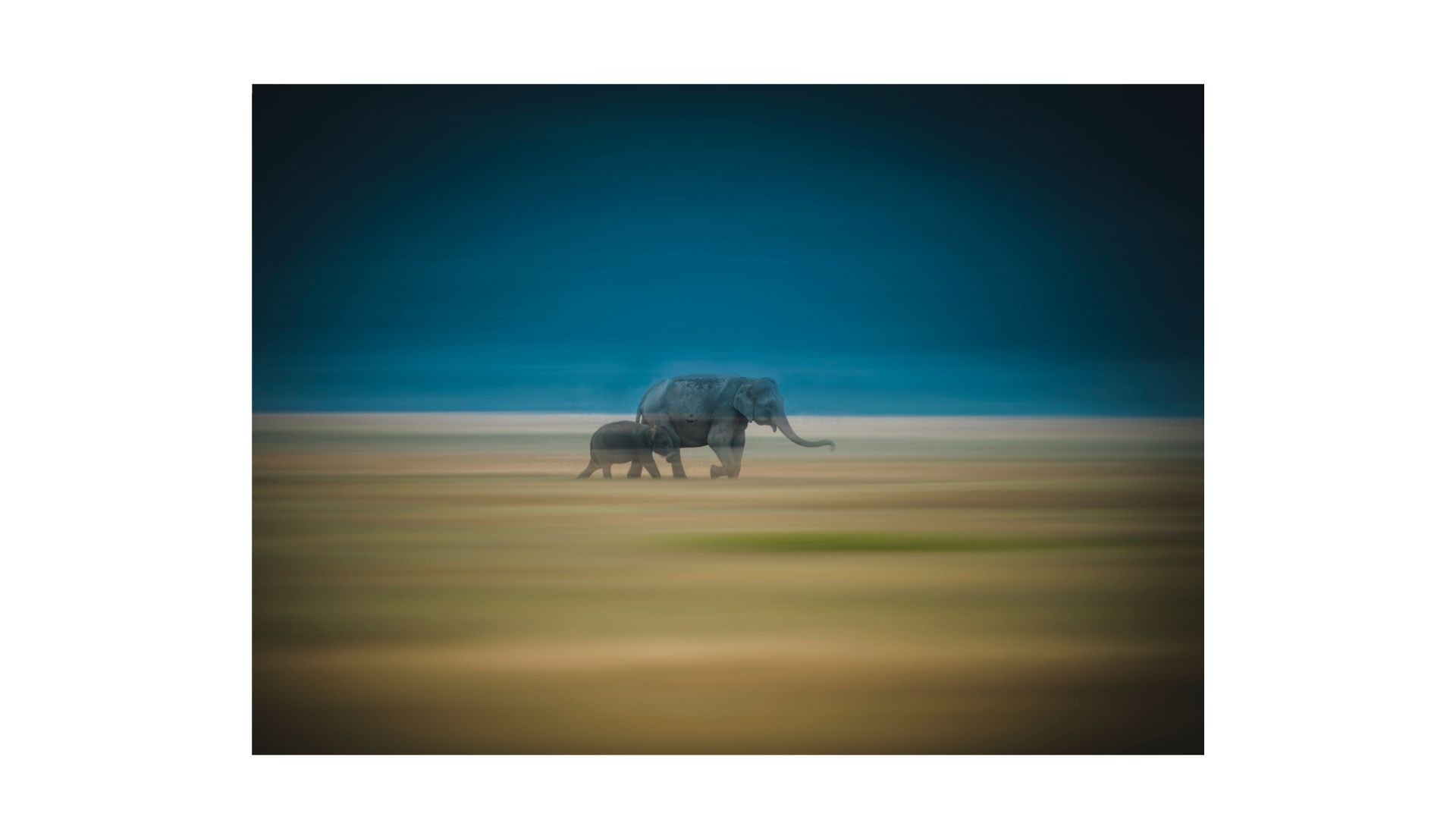
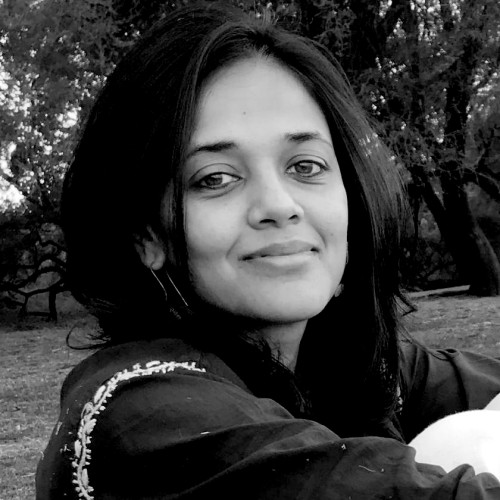
There is Silence –
In between the clouds, between the rivers, between the rays of light, In between the words you speak, in between every step you take. There is this Silence in between each breath... I breathe. The more I accept, the more it expands.
For Sarika, the most exciting part of Art is that it acts above all on the soul, in sculpting it's spiritual composition.
Her art is an attempt to unearth the unsounded depths of human potential and the furthest reaches of our emotions. Those raw feelings that make us human are universal and they often reside beneath the known surface of everyday interactions. It is Mehta’s attempt to travel as deeply as possible, by cutting through the noise, to touch that virgin space that has the same effect on all humans. That helps us connect with each other beyond the slavery of logic or words.
Sarika’s works delve into different raw aspects of our personality but the subjects vary as per the evolution of her personal journey.
Her work enjoys a certain restrain, while space inspires her style. The slippages of content from the subconscious mind give tonal value to her work while striving to bring the ‘nameless’ through that which is left unsaid.

